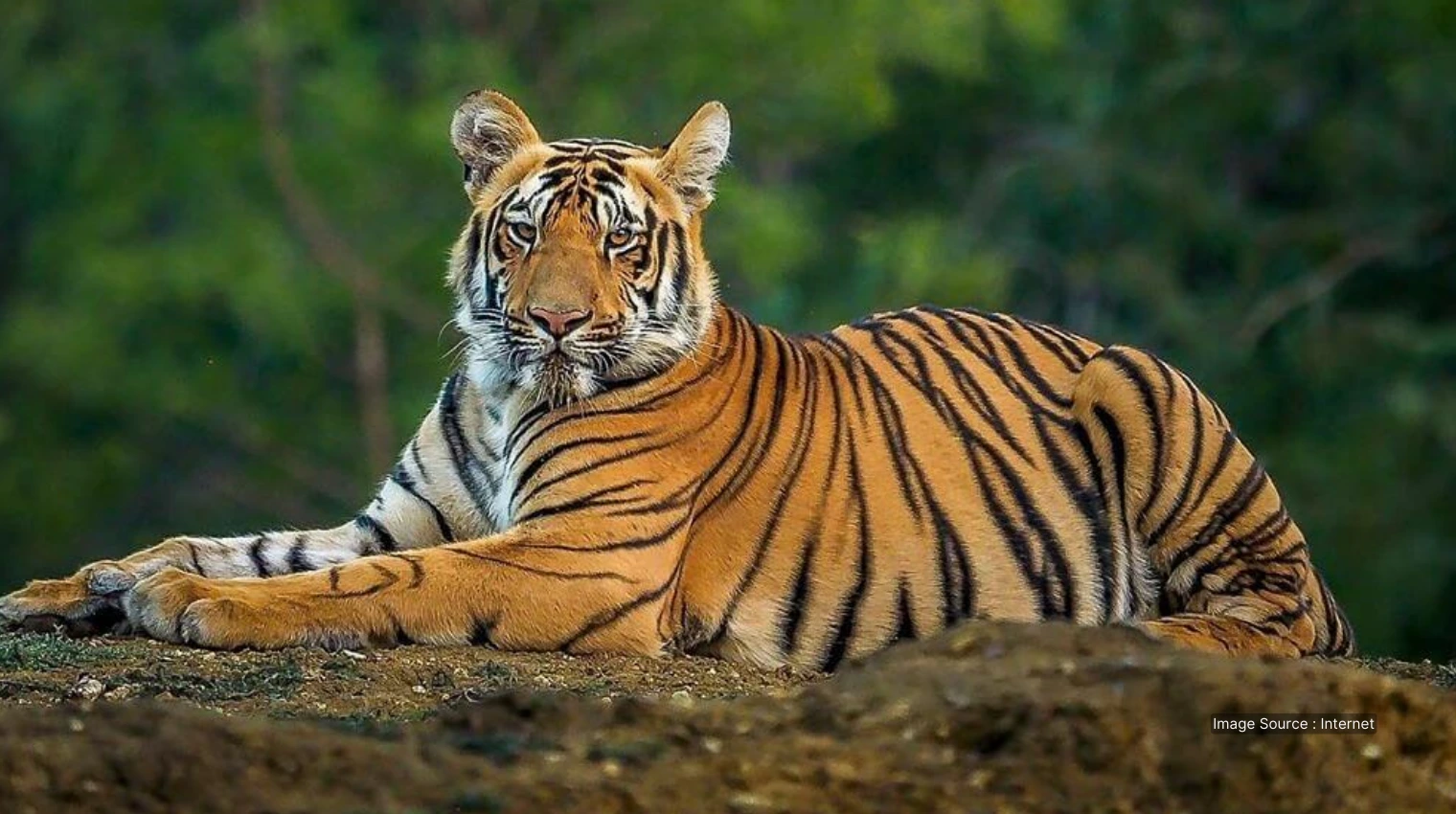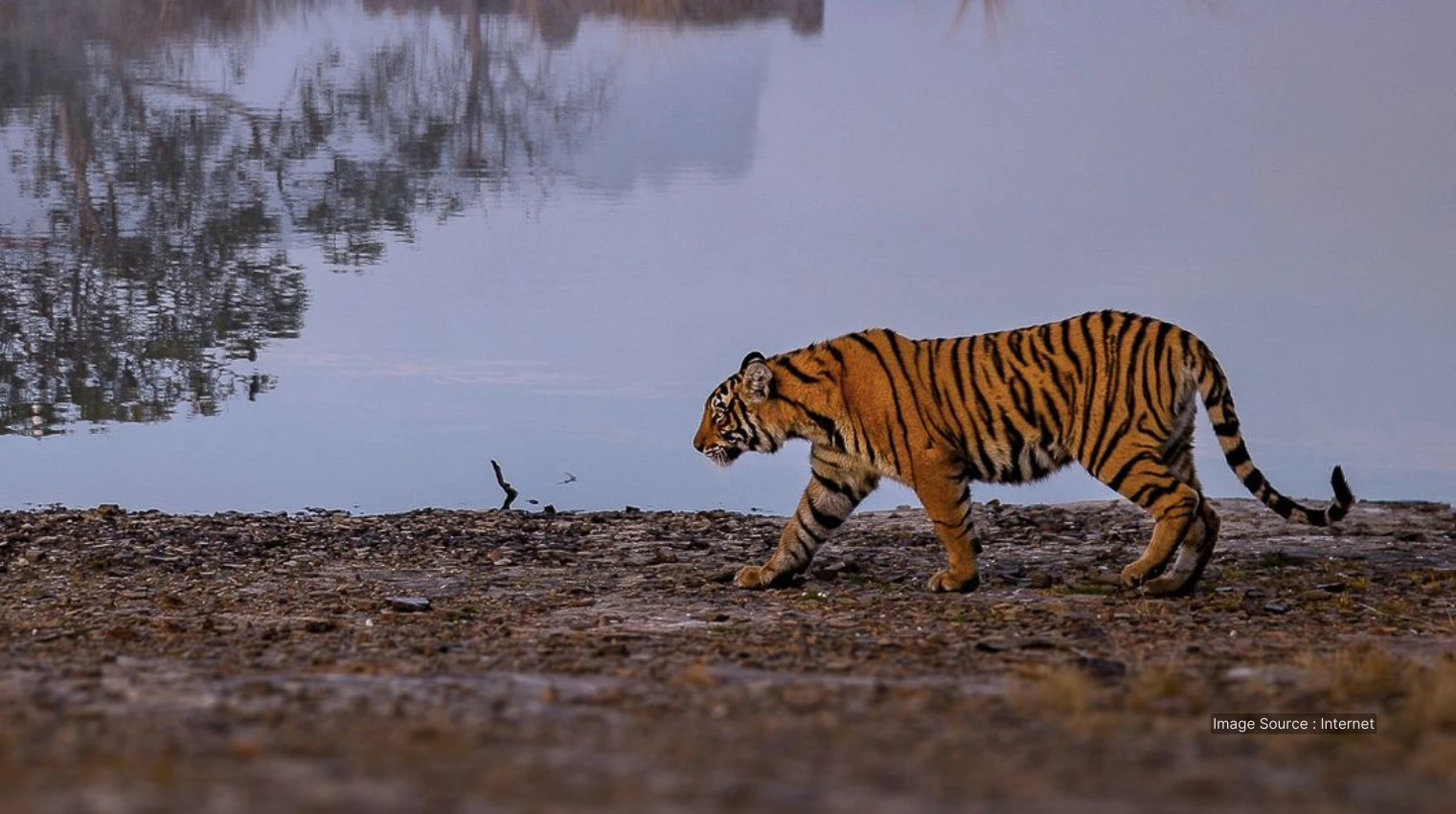- Which Under-the-Radar Destinations Are India's Best-Kept Luxury Secrets?
- Hampi: Can Ancient Boulder-Strewn Ruins Really Rival Machu Picchu?
- Why Does Orchha's Forgotten Palace Complex Mesmerize History Enthusiasts?
- What Makes Kaziranga's One-Horned Rhinos Worth the Detour?
- Pushkar: Why Is This Sacred Lake Town More Than Just Camel Fairs?
- Andaman Islands: Are These Really India's Maldives-Worthy Secret?
- FAQs
Last Updated : Oct 31, 2025 | View Count : 1077 | Read Time : 9 min
India Cool Places to Visit: Beyond the Taj Mahal Tourist Trail
I'm going to be honest with you. The first time someone told me India had cooler destinations than Goa and Rajasthan, I didn't believe them. I'd already done the Golden Triangle, spent weeks in Kerala, even made it to Ladakh. What else was there that could surprise me? Turns out, a lot. India has this incredible talent for hiding its best spots in plain sight. Not secret exactly, but overlooked. The kind of places where you show up and think "why isn't everyone talking about this?" before realizing that's exactly what makes them special.
Over the past few years, I've been deliberately seeking out these lesser-known destinations. Not because the famous places aren't worth it, they absolutely are. But because there's something about discovering a place before it hits everyone's travel lists that feels different. More personal somehow.
So here's what I've found. The India cool places to visit that made me rethink everything I thought I knew about this country.
What are India Cool Places to Visit worth exploring beyond the typical tourist trail?
Beyond the Golden Triangle, explore Hampi's boulder-strewn ruins rivaling Machu Picchu, Orchha's abandoned palaces along the Betwa River, and Kaziranga's guaranteed rhino sightings on elephant safaris. Pushkar offers sacred lake tranquility, while the Andaman Islands deliver stunning beaches and world-class diving. Chettinad's heritage mansions and Coorg's coffee plantations give you exclusivity.
Table of Contents
- Which Under-the-Radar Destinations Are India's Best-Kept Luxury Secrets?
- Hampi: Can Ancient Boulder-Strewn Ruins Really Rival Machu Picchu?
- Why Does Orchha's Forgotten Palace Complex Mesmerize History Enthusiasts?
- What Makes Kaziranga's One-Horned Rhinos Worth the Detour?
- Pushkar: Why Is This Sacred Lake Town More Than Just Camel Fairs?
- Andaman Islands: Are These Really India's Maldives-Worthy Secret?
- FAQ
Which Under-the-Radar Destinations Are India's Best-Kept Luxury Secrets?
Right, so when most people think luxury India travel, they picture Udaipur's Lake Palace or those heritage hotels in Jaipur. Beautiful, obviously. But crowded with people who read the same Condé Nast articles you did.
I stumbled into Chettinad in Tamil Nadu completely by accident. My flight got canceled and someone suggested I kill time there instead of sitting in Chennai. Best travel disaster ever. This region was historically home to wealthy merchant families who built these massive mansions with Burmese teak pillars, Italian marble, and Belgian chandeliers. Many have been converted into heritage hotels that maybe thirty people know about.
I stayed in a 100-year-old mansion where my room had 18-foot ceilings and antique furniture that probably cost more than my car. Dinner was traditional Chettinad cuisine, which deserves way more recognition than it gets. The heat levels will test you, but the flavors are incredible. Best part? I was one of maybe five guests in a property that could easily accommodate fifty.
Coorg in Karnataka is another one that flies under most international radars. Coffee plantations stretch across rolling hills, and staying in a plantation bungalow beats any generic resort experience. Morning mist rolling through coffee bushes, the smell of fresh beans being processed, and access to trekking routes that see maybe a dozen people daily.
What I've learned is that working with a luxury Indian travel agency that actually knows these places makes all the difference. They'll book you into properties that don't even have websites. Heritage homes where the original families still live in part of the building. Those bespoke tailored itineraries mean you're not following the same path as everyone else.
The Andaman Islands qualify here too, though we'll get into those later. And honestly, most of North-East India remains wonderfully under-visited despite being spectacular.
Hampi: Can Ancient Boulder-Strewn Ruins Really Rival Machu Picchu?
Hampi doesn't have Machu Picchu's dramatic mountain setting, I'll agree with that. But what it has is this surreal landscape of giant boulders stacked like some cosmic game of Jenga, with 500-year-old temples and palaces scattered across 26 square kilometers. It's like someone dropped an ancient civilization into a geology textbook illustration.
The first morning I woke up in Hampi, I climbed Matanga Hill for sunrise. Worth every stumbling step in the pre-dawn darkness. Watching light slowly reveal the Virupaksha Temple complex below, with the Tungabhadra River winding through boulder fields, made me understand why the Vijayanagara Empire chose this spot.
Here's what makes Hampi special beyond just the ruins. You can actually explore freely. At Machu Picchu, you're following marked paths with guards making sure you don't stray. In Hampi, you can scramble over rocks, discover random shrines nobody bothered signposting, and genuinely feel like you're exploring rather than just touring.
The Vittala Temple's stone chariot is carved from a single piece of rock. The musical pillars actually produce different notes when tapped gently. The elephant stables show that even utilitarian buildings got architectural attention. And the Queen's Bath proves that recreational architecture was serious business.
TL;DR: Hampi is a 26-square-kilometer site rivals Machu Picchu with giant boulders, 500-year-old temples, and the freedom to scramble over rocks discovering unmarked shrines.
Why Does Orchha's Forgotten Palace Complex Mesmerize History Enthusiasts?
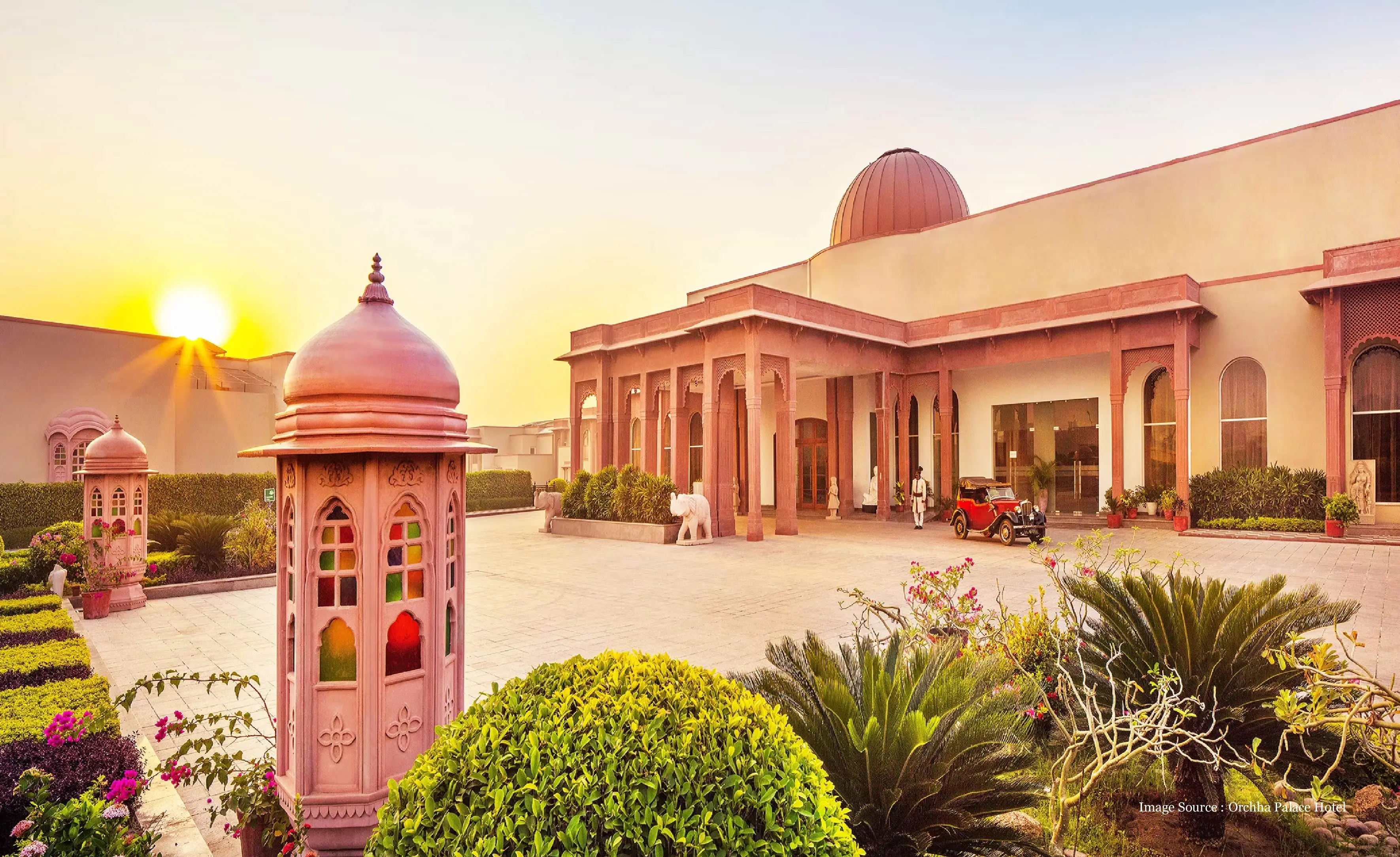
Orchha is what happens when a once-powerful kingdom gets abandoned and time sort of pauses. The Bundela rulers left in the 1700s when they moved their capital, and these massive palaces and temples just sat there. Not destroyed, not restored into theme parks, just existing.
Walking through Jahangir Mahal feels like trespassing in the best way. This palace was built specifically for one visit by the Mughal emperor Jahangir. One visit. That tells you everything about the wealth and ambition involved. The symmetry is perfect, the balconies offer river views, and the entire structure maintains this quiet dignity despite centuries of neglect.
Raj Mahal next door is earlier and more austere. The murals inside depict everything from religious scenes to what appears to be a really good party. Climbing to the upper levels gives you views across the entire complex, and on clear days, you can see for miles across the Betwa River valley.
But my favorite part of Orchha isn't even the palaces. It's the Chaturbhuj Temple, built to house a specific idol of Rama that ultimately ended up in a different temple because apparently even in the 1500s, religious politics were complicated. So they built this massive temple with soaring halls designed for the deity's grand entrance, and it just sits there, echoing and empty and magnificent.
The town itself has maybe 10,000 people. Tourism exists but hasn't overwhelmed things yet. You can stay in heritage hotels that were once noble residences. The Betwa River flows gently past, and watching sunset from the cenotaphs (chhatris) of former rulers is one of those simple travel moments that becomes a core memory.
Having a private professional chauffeur-driven car matters in places like Orchha because it's not exactly on major transport routes. You need flexibility to explore surrounding sites like Khajuraho's temples (totally different vibe, definitely worth seeing) without logistical headaches.
What Makes Kaziranga's One-Horned Rhinos Worth the Detour?
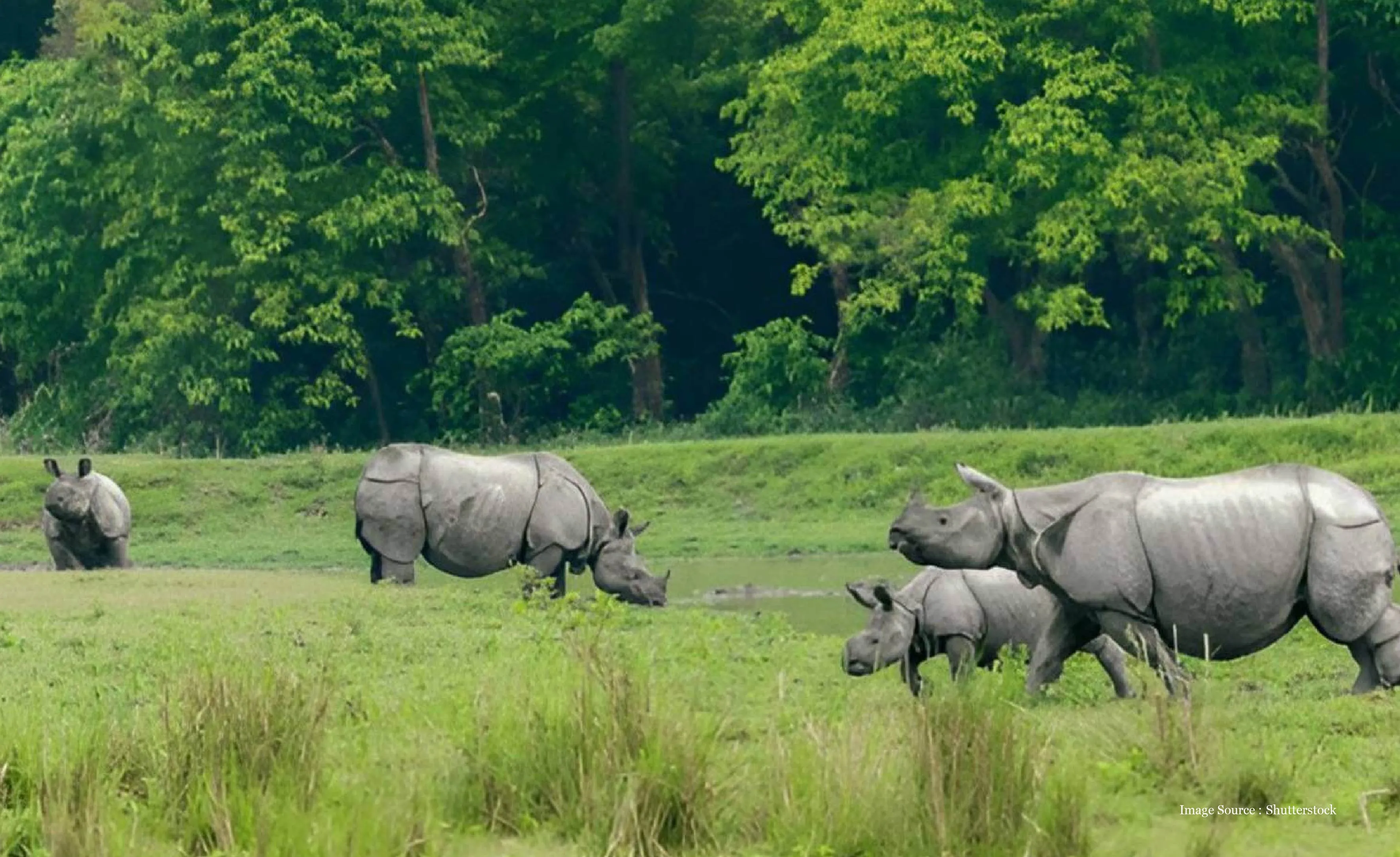
I'm not usually a safari person. Something about staged wildlife viewing never quite clicked for me. But Kaziranga in Assam changed that perspective entirely– this isn't Africa. The experience is completely different. You're in Northeast India, in Assam's lush grasslands and wetlands, looking for Indian one-horned rhinoceros that exist almost nowhere else. And unlike safaris where you might see your target animal, Kaziranga pretty much guarantees rhino sightings. The population density is the highest in the world.
My first morning safari, we saw eleven rhinos before breakfast. Just casually grazing or wallowing in mud, completely unbothered by our elephant-back presence. The elephants themselves move quietly through tall grass, and you're close enough to hear rhinos breathing. It's intimate in a way that vehicle safaris can't match.
Beyond rhinos, Kaziranga hosts tigers, though spotting them requires serious luck. Wild water buffalo, swamp deer, elephants, and hundreds of bird species make every safari different. The landscape shifts from grasslands to wetlands to forests, and the variation keeps things interesting even after multiple drives.
What surprised me most was how Assamese culture around Kaziranga enriched the experience. Staying in lodges that serve authentic Assamese cuisine, learning about conservation efforts from local guides who grew up in surrounding villages, understanding the relationship between communities and wildlife. It's not just an animal viewing experience but cultural immersion.
The best time to visit runs November through April when the park is open and weather cooperates. I went in March and conditions were perfect. Having 24/7 white-glove concierge support means you can book the best lodges and prime safari slots without stress, and trust me, those dawn elephant safaris fill up fast.
Pushkar: Why Is This Sacred Lake Town More Than Just Camel Fairs?
Everyone knows Pushkar for that massive camel fair in November. Thousands of traders, hundreds of thousands of camels, total controlled chaos. It's spectacular and worth experiencing, but if that's all you know about Pushkar, you're missing most of the story.
I visited in February, deliberately off-season. The town was quiet, just pilgrims and a handful of travelers. Pushkar Lake sat peaceful and reflective, surrounded by ghats where people performed morning rituals that have continued for centuries. There's something about watching the sun rise over a sacred lake while temple bells ring that makes you understand why certain places became pilgrimage sites.
Pushkar has the only Brahma temple in India, which sounds like weird trivia until you realize Brahma is one of the three primary Hindu deities. Why only one temple? Long story involving curses and divine politics. The temple itself isn't architecturally stunning, but the significance draws devotees from across India.
What I loved most was just wandering the narrow lanes. Every corner had small temples, street food vendors selling malpua and kachori, shops selling everything from spiritual paraphernalia to tourist junk. The vibe is relaxed despite the religious importance. Pilgrimage towns can feel heavy sometimes, but Pushkar maintains this lightness.
Climbing to the Savitri Temple at sunset involves about 400 steps but rewards you with views across the town, lake, and surrounding Aravalli Hills. The temple itself honors Brahma's wife who apparently got upset during a religious ceremony (again, long story), but honestly, I went for the views more than the mythology.
One practical note: Pushkar is strictly vegetarian and alcohol-free. If you need meat with every meal, this isn't your spot. But the vegetarian food here is genuinely excellent. I'm not even vegetarian and I didn't miss meat once.
TL;DR: Beyond November's famous camel fair, Pushkar is a sacred lake town featuring India's only Brahma temple & peaceful morning rituals at lakeside ghats.
Andaman Islands: Are These Really India's Maldives-Worthy Secret?
Short answer: yes, but different. The Andamans won't give you those overwater bungalows or manufactured luxury resort experiences. What they will give you is stunning beaches, incredible diving, and that sense of being somewhere genuinely remote despite technically being India.
Havelock Island (officially Swaraj Dweep now, but everyone still calls it Havelock) has Radhanagar Beach, which regularly makes "best beaches in Asia" lists for good reason. White sand, clear turquoise water, and far fewer people than comparable beaches in Thailand or Bali. I spent an entire afternoon there with maybe twenty other people visible along the whole stretch.
The diving and snorkeling around the Andamans is world-class. The coral reefs are healthy, visibility is excellent, and you'll see marine life that's increasingly rare elsewhere. I'm not a serious diver, just recreational, but even I could appreciate the diversity. Sea turtles, reef sharks, colorful fish that looked photoshopped but were absolutely real.
Neil Island (Shaheed Dweep) is quieter than Havelock and maintains more of that laid-back island vibe. Natural rock formations at Howrah Bridge create these surreal seascapes. The pace of life slows down in ways that feel increasingly precious.
What you won't find is luxury hotel infrastructure like the Maldives. Accommodations range from basic to nice, but nothing approaching international resort standards. Which honestly feels appropriate. These islands work better as a place to unplug and decompress rather than expect five-star pampering.
Getting there requires flying into Port Blair, then ferries to the outer islands. Weather affects ferry schedules, so build flexibility into plans. This is where those bespoke itineraries really help because timing matters, and local expertise prevents you from getting stuck waiting for boats.
I could list fifty more destinations that qualify as cool India places most people miss. Spiti Valley's stark mountain beauty. Gokarna's beaches before they got discovered. The living root bridges of Meghalaya. Madhya Pradesh's tiger reserves. Pondicherry's French colonial charm mixed with Tamil culture.
The trick isn't necessarily finding these places. Information exists online if you dig. The trick is experiencing them properly. Having time, having flexibility, having local knowledge that prevents you from just scratching surfaces.
That's where the difference between traveling India and truly experiencing it comes down to planning and support. Private guides who explain context. Drivers who know when to push through to the next destination and when some random village festival means you should stop and watch. Concierge services that handle the inevitable complications so you can focus on being present.
FAQs
1. What's the best time to visit these lesser-known destinations?
Varies by location, but generally October through March works for most of India. Hampi and Pushkar get hot by April. Kaziranga closes during monsoon season. Andamans are best November through April. Orchha works almost year-round though summers are intense. Always check specific regional weather patterns before booking.
2. Are these places safe for solo travelers?
Yes, with normal travel precautions. Hampi and Pushkar see plenty of solo travelers. Orchha is tiny and safe. Kaziranga requires organized safaris anyway. Andamans are generally safe though stick to established islands. Having local guides and pre-arranged transport adds security and peace of mind.
3. How do I reach these offbeat destinations?
Most require combinations of flights, trains, and road travel. Hampi has a railway station nearby. Orchha connects via Jhansi. Kaziranga needs flights to Guwahati then driving. Pushkar is near Ajmer. Andamans require flights to Port Blair. Professional drivers familiar with routes eliminate navigation stress.
4. Can you visit multiple cool destinations in one trip?
Absolutely, with proper planning. Hampi and Orchha could combine in a South-Central India route. Kaziranga works with other Northeast destinations. Pushkar pairs with Rajasthan. Andamans need dedicated time but could follow mainland travel. Allow 3-4 days minimum per destination to experience properly rather than just checking boxes.
plan your bespoke india journey today
tell us what inspires you - and we will handcraft an experience that mirrors your elegance, pace & personality.
START PLANNINGBlogs Categories
It is a Sanskrit verse taken from an ancient Bharat (Indian) scripture
which means ‘The Guest is like God’.
In Bharat (India), guests are always welcomed with open arms and given
You Will Like These Too...
It is a Sanskrit verse taken from an ancient Bharat (Indian) scripture
which means ‘The Guest is like God’.
In Bharat (India), guests are always welcomed with open arms and given
TRAVELOSEI PROMISE
What To Expect?
The Real India,
Re-Imagined For You
India is not just a destination - it's a world with-in the world. TRAVELOSEI go far beyond guide-books to offer you an India that is authentic yet exclusive, spiritual yet sophisticated delivered through private doors, rare access, and impeccable attention to details.
Trusted By Global Elites
From World Class Leaders to Forbes Listed Families and international Royalties to visionary CEOS.
Our clientele chooses us for one reason - We Know India. Over two decades of providing experiences which aren't just luxurious - they are intimate, curated & wildly rare.
Bespoke Travel Experience
For those who seek truth in detail, art in hospitality, and identity in experience. Our Luxury Travel Architect work discreetly and personally with you to craft travel experiences that go beyond 5 Stars, where every detail whispers luxury - and legacy.
White-Glove Concierge
24 X 7 Dedicated Concierge Support even in the wildest corners of India. At TRAVELOSEI, our concierge team ensures that everything-from airport- tarmac pick-ups, last minute reservations and private spiritual sessions - is handled before you even ask.

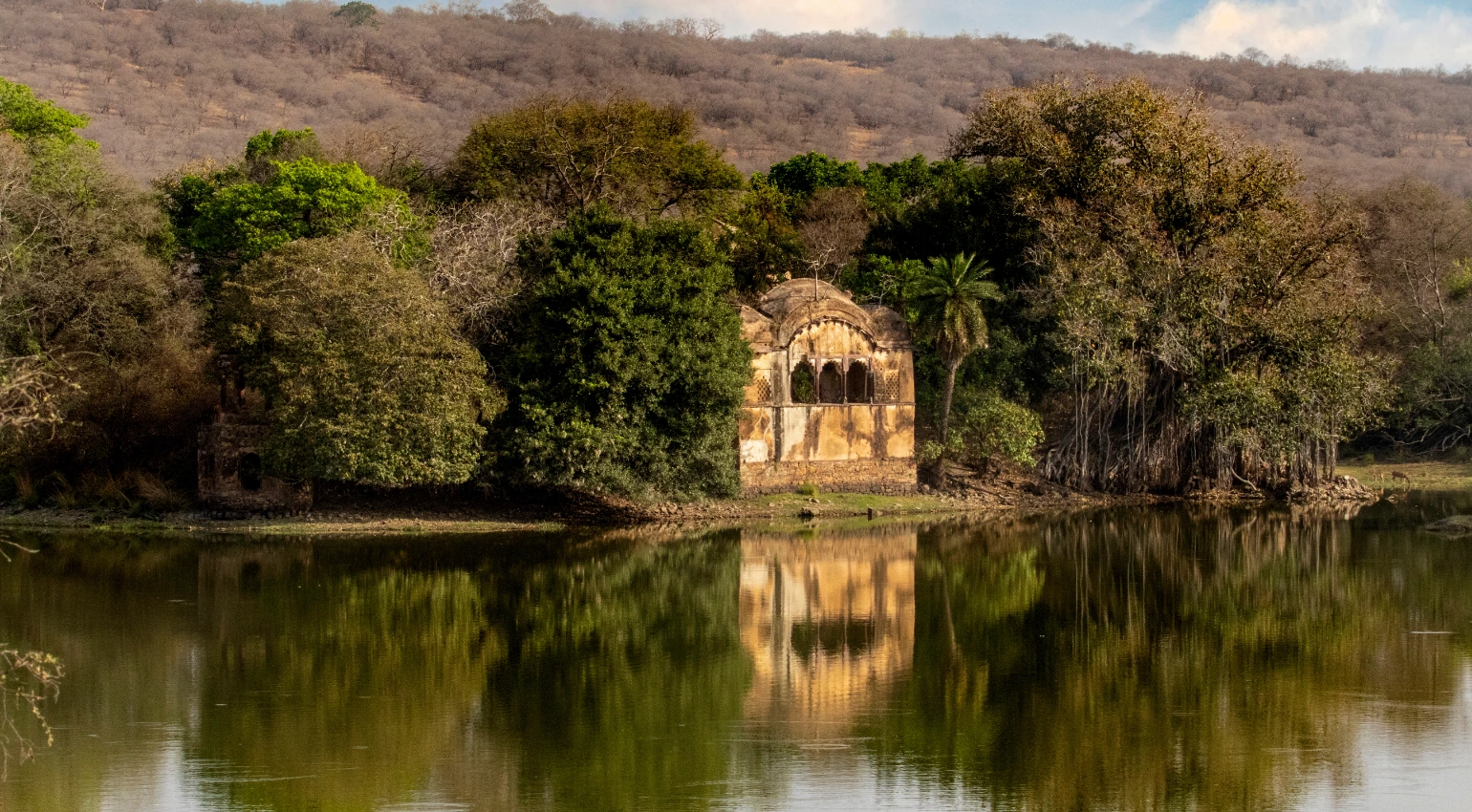
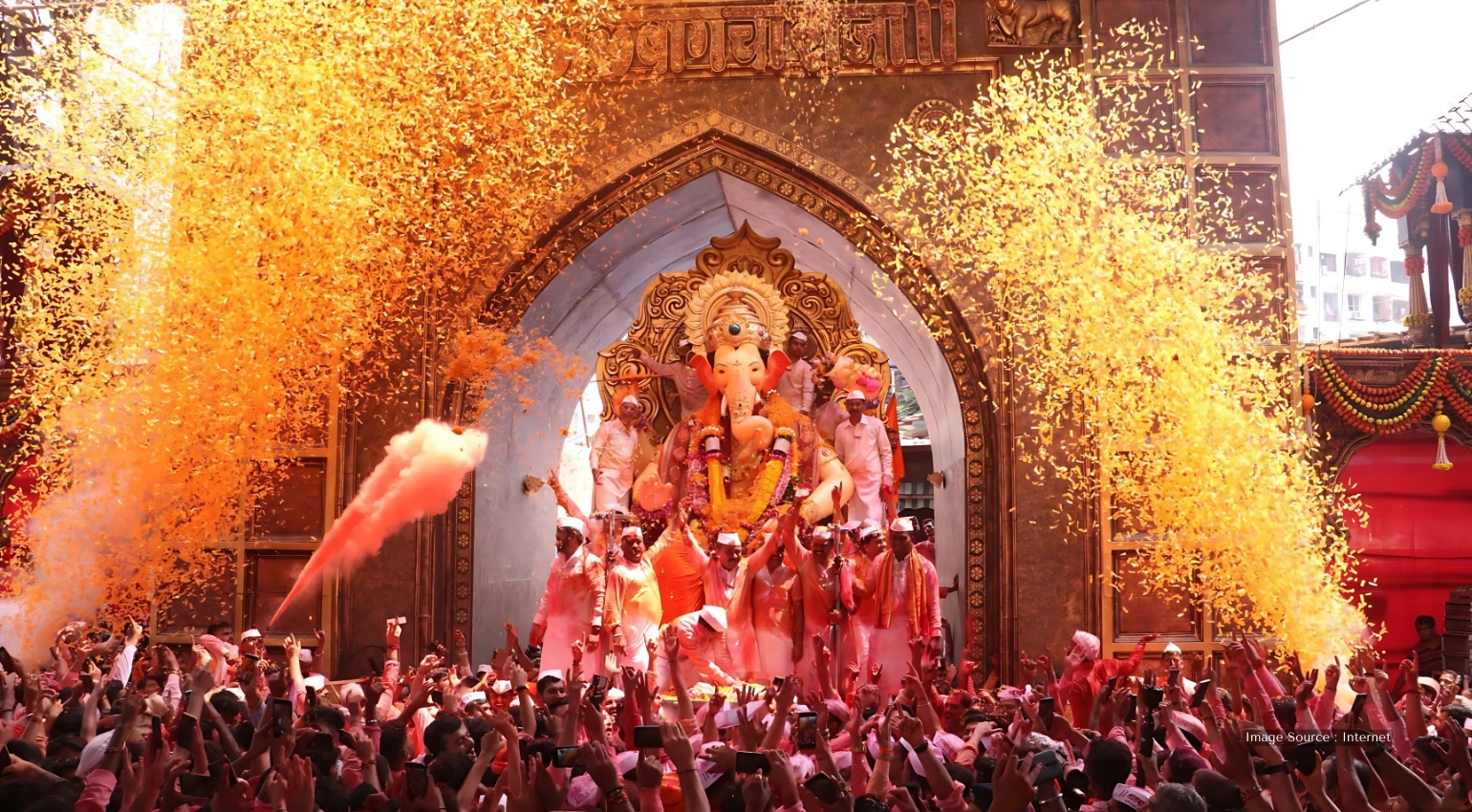
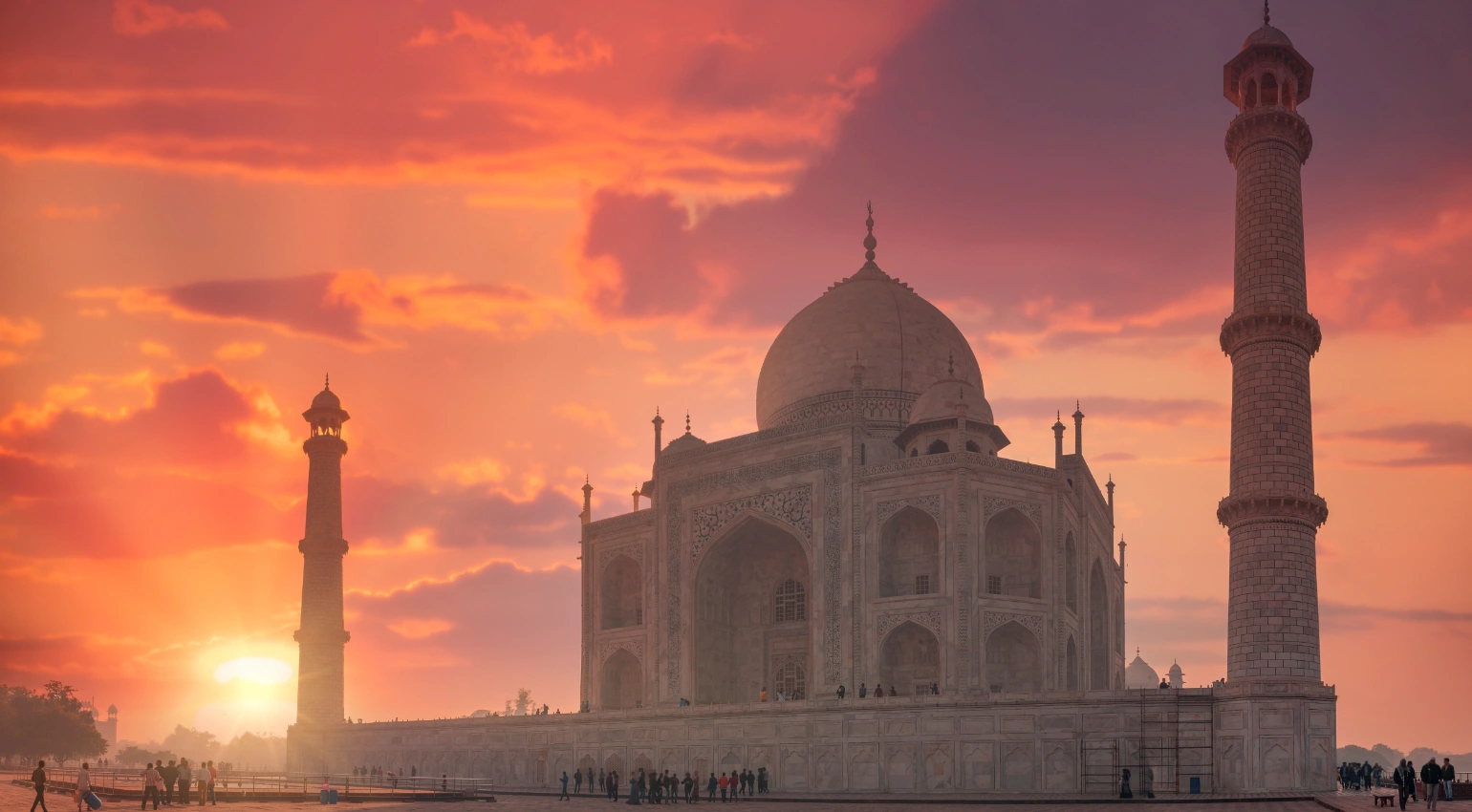
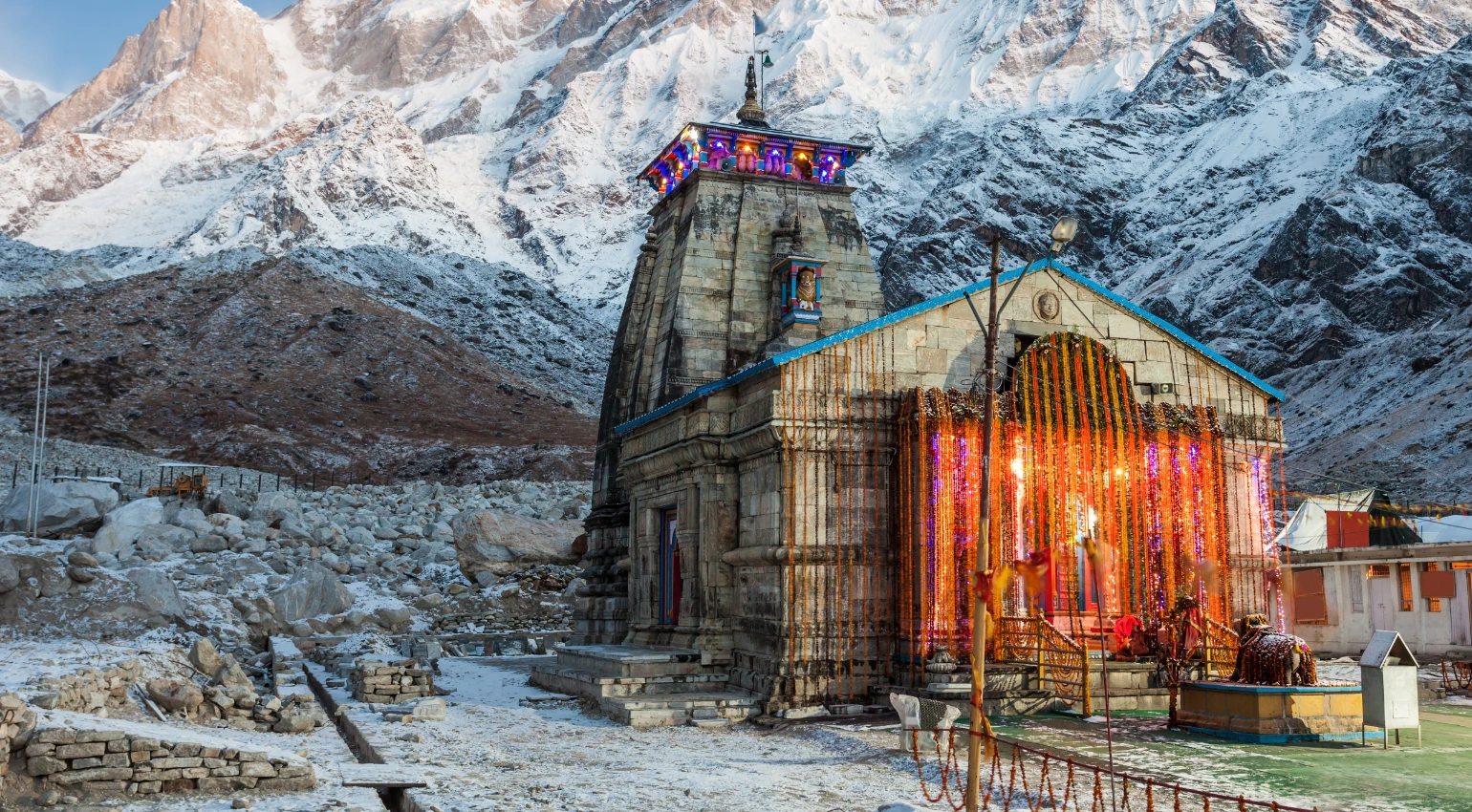
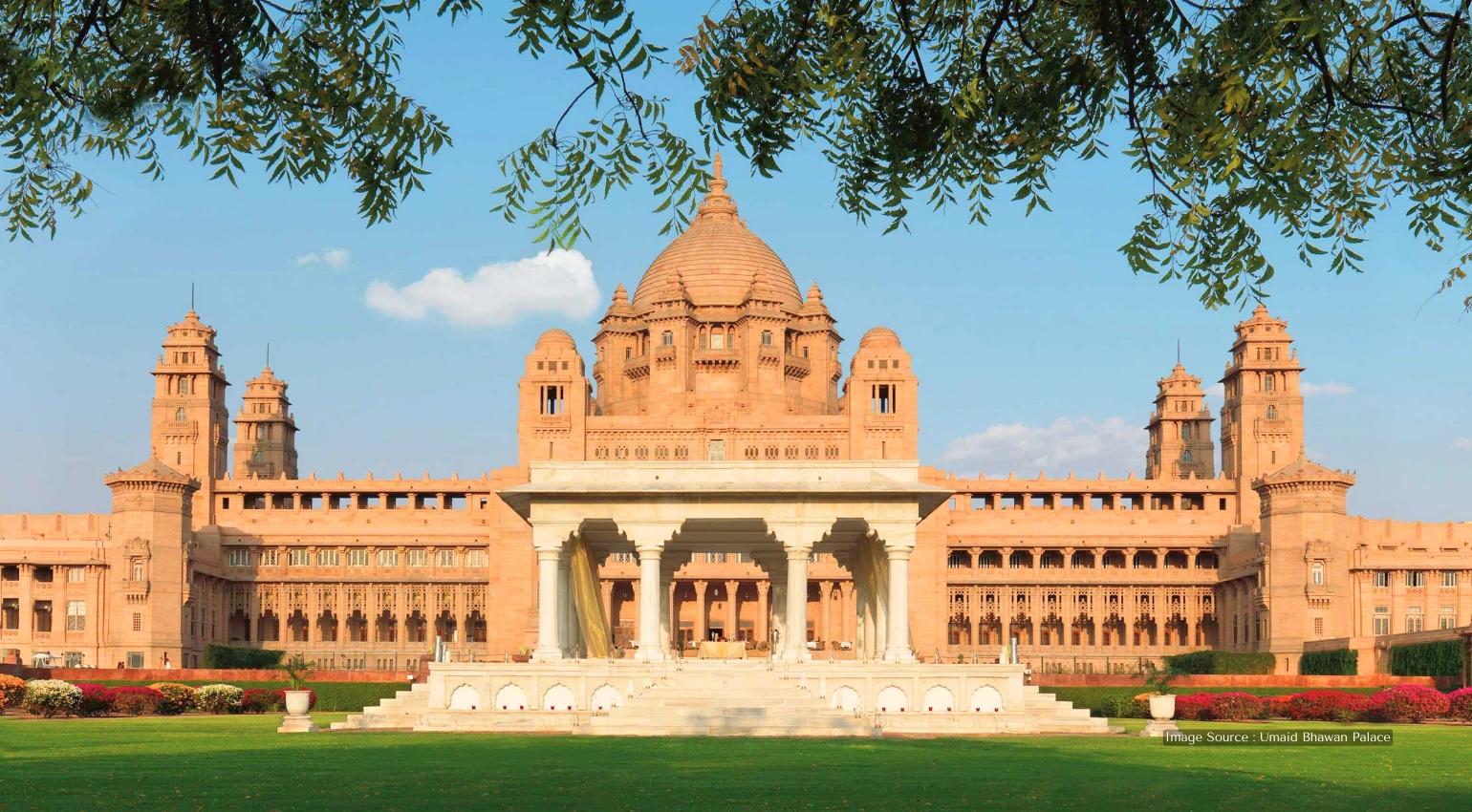


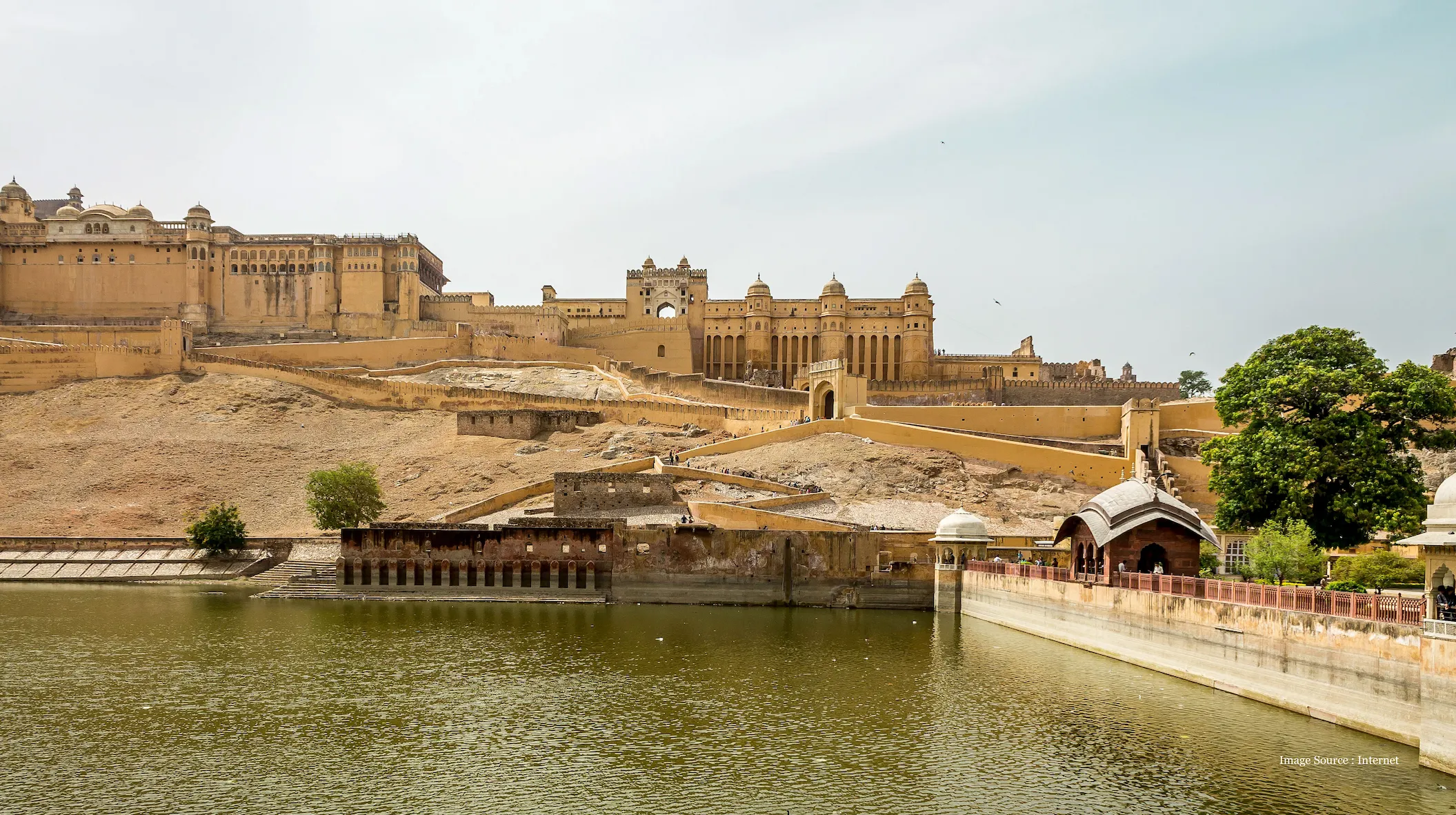
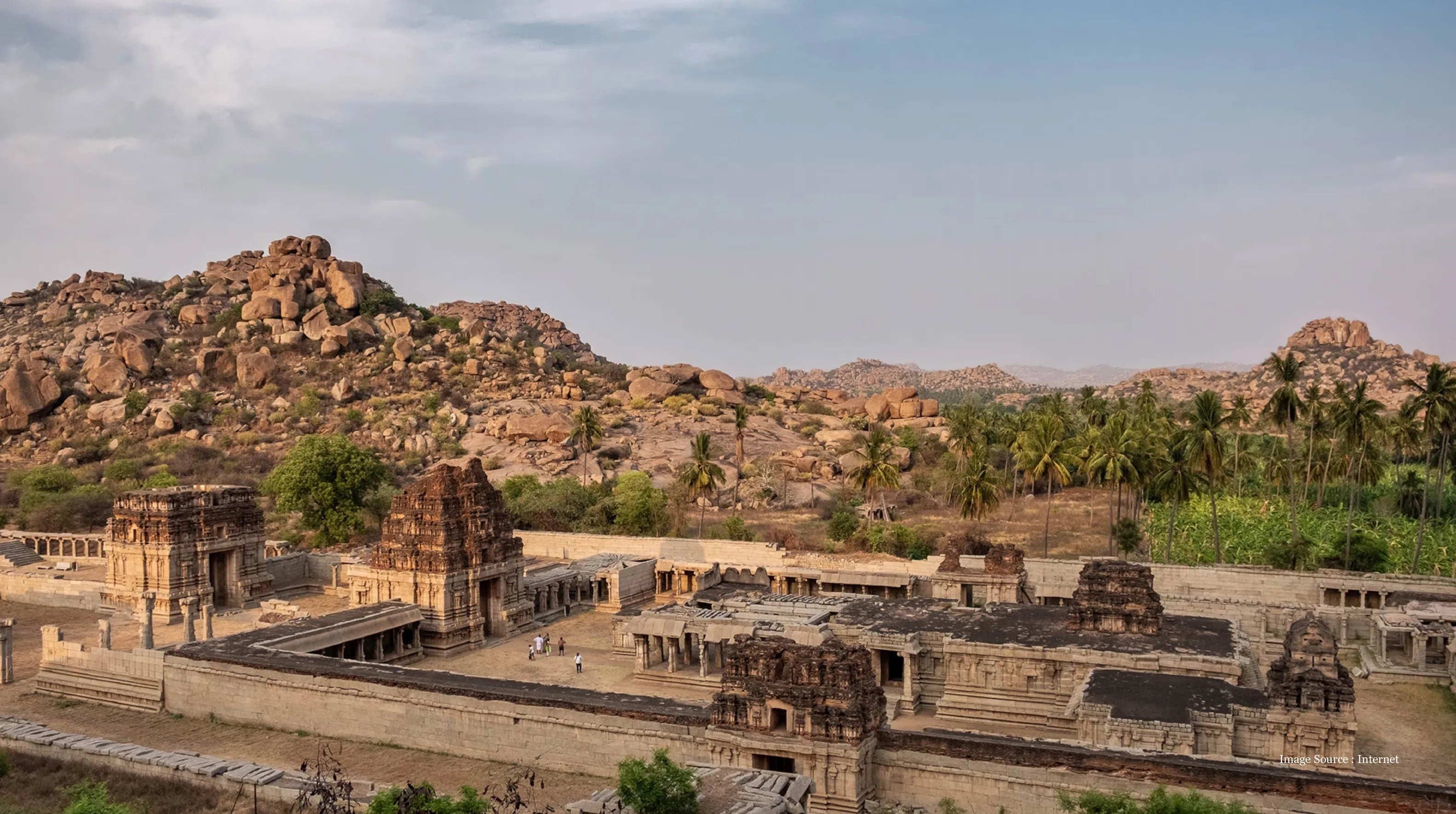

.webp)
